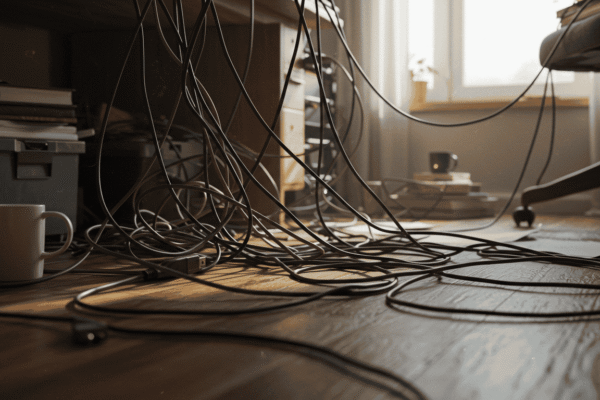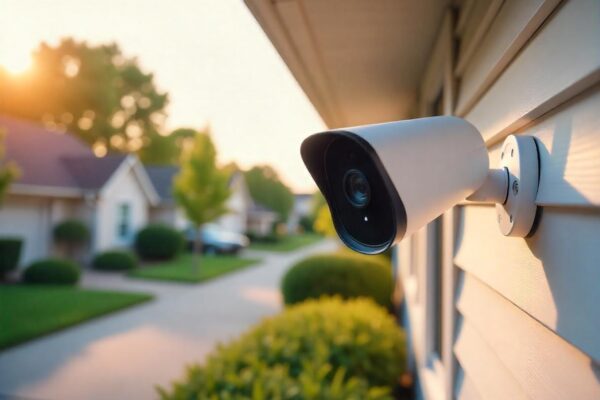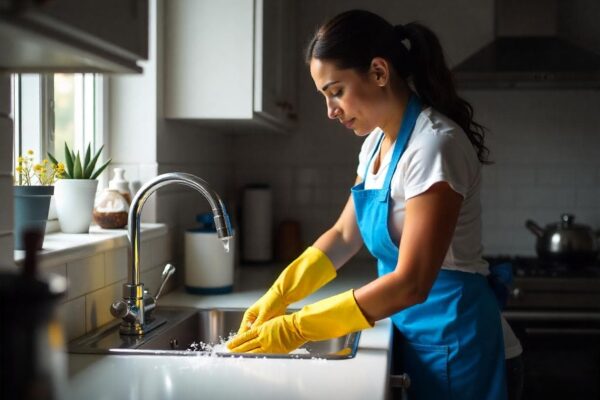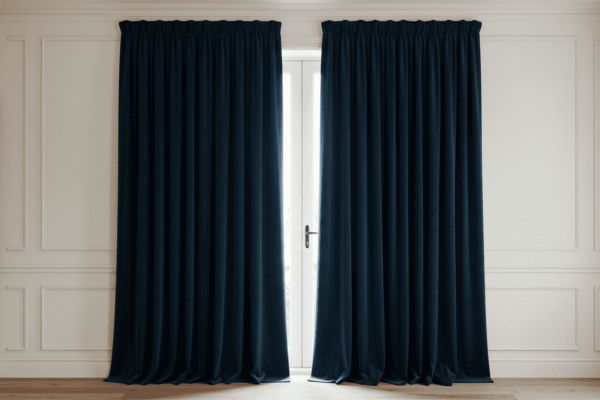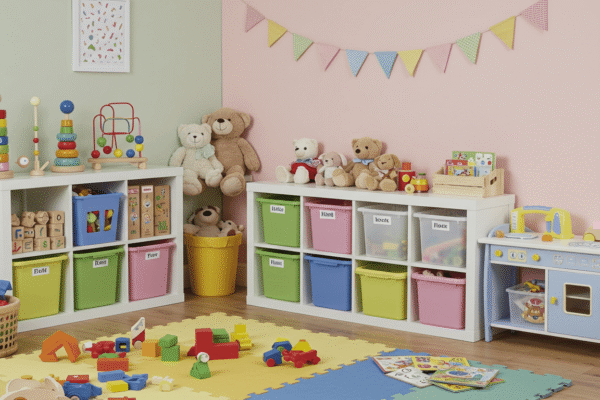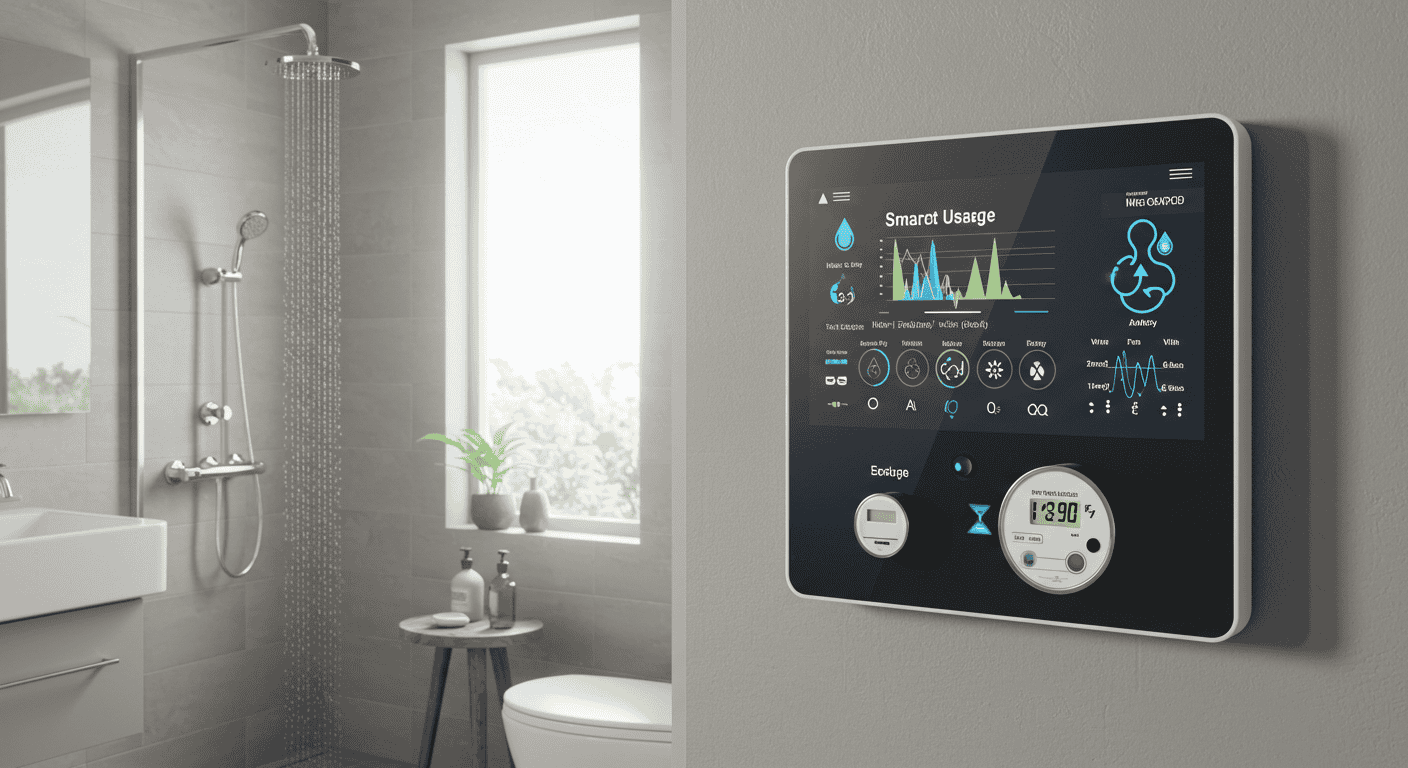Smart water usage at home is more than just a trend—it’s a smart way to save money, protect the environment, and make your household more efficient. By adopting simple water-saving tips for households and practicing eco-friendly water habits, you can significantly reduce water waste at home without compromising comfort. From upgrading to water-efficient appliances to tracking your daily water consumption, every small change adds up. In this guide, you’ll discover practical, creative strategies for sustainable water usage that are easy to implement and fun to maintain, making smart water habits a part of your family’s everyday life.
Why Smart Water Usage at Home Matters
Adopting smart water usage at home is not just about turning off taps; it’s about creating lasting habits that benefit your household, your wallet, and the environment. Understanding the significance of water conservation at home helps motivate small, actionable changes that collectively make a big difference. Below, we explore the primary reasons why prioritizing smart water practices is essential for modern households.
Environmental Benefits
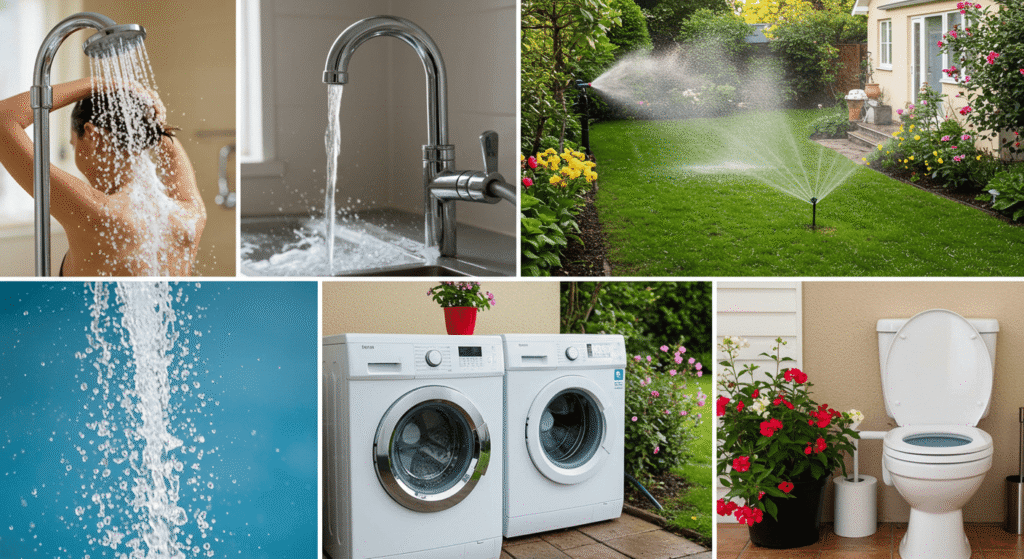
Implementing eco-friendly water practices plays a vital role in reducing the overall environmental impact of water use. Conserving water at home helps preserve local water sources, maintain healthy ecosystems, and reduce the energy required for water treatment and heating. Every gallon saved contributes to a smaller carbon footprint and a more sustainable home environment. By integrating sustainable water usage habits, households can actively participate in environmental protection without major lifestyle sacrifices.
Financial Savings
Another key advantage of smart water usage at home is the potential for financial savings. Reducing water waste at home directly lowers utility bills. Small changes—such as taking shorter showers, running full laundry loads, or fixing leaks—can collectively result in significant monthly savings. Investing in water-efficient appliances and fixtures may have upfront costs, but the long-term reduction in water bills often offsets these initial expenses quickly, making it a practical approach for cost-conscious households.
Health and Home Efficiency
In addition to environmental and financial benefits, smart water usage enhances home efficiency and hygiene. Regularly maintaining plumbing systems and reducing unnecessary water flow minimizes the risk of leaks, water damage, and mold growth. Cleaner, properly managed water systems also promote healthier living conditions. Adopting water-saving tips for households ensures that your home operates smoothly while protecting both your family’s health and the longevity of your plumbing infrastructure.
Table: Key Benefits of Smart Water Usage at Home
| Benefit | How it Helps | Estimated Impact per Year |
|---|---|---|
| Save Water | Reduce household consumption | 10-20% less water |
| Save Money | Lower utility bills | $100-$300/year |
| Eco Impact | Protect natural water sources | Variable |
Why Smart Water Usage at Home Matters
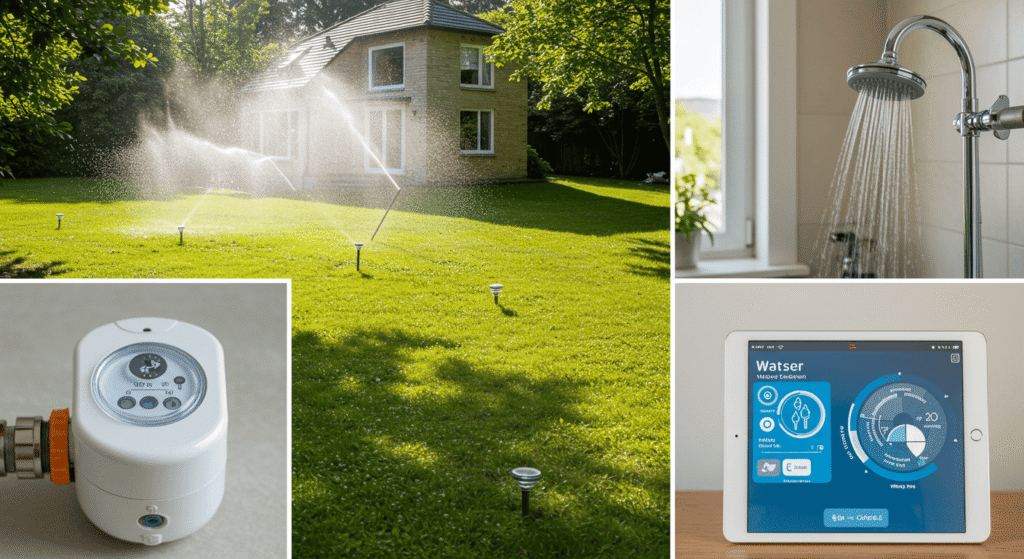
Adopting smart water usage at home is not just about turning off taps; it’s about creating lasting habits that benefit your household, your wallet, and the environment. Understanding the significance of water conservation at home helps motivate small, actionable changes that collectively make a big difference. Below, we explore the primary reasons why prioritizing smart water practices is essential for modern households.
Environmental Benefits
Implementing eco-friendly water practices plays a vital role in reducing the overall environmental impact of water use. Conserving water at home helps preserve local water sources, maintain healthy ecosystems, and reduce the energy required for water treatment and heating. Every gallon saved contributes to a smaller carbon footprint and a more sustainable home environment. By integrating sustainable water usage habits, households can actively participate in environmental protection without major lifestyle sacrifices.
Financial Savings
Another key advantage of smart water usage at home is the potential for financial savings. Reducing water waste at home directly lowers utility bills. Small changes—such as taking shorter showers, running full laundry loads, or fixing leaks—can collectively result in significant monthly savings. Investing in water-efficient appliances and fixtures may have upfront costs, but the long-term reduction in water bills often offsets these initial expenses quickly, making it a practical approach for cost-conscious households.
Health and Home Efficiency
In addition to environmental and financial benefits, smart water usage enhances home efficiency and hygiene. Regularly maintaining plumbing systems and reducing unnecessary water flow minimizes the risk of leaks, water damage, and mold growth. Cleaner, properly managed water systems also promote healthier living conditions. Adopting water-saving tips for households ensures that your home operates smoothly while protecting both your family’s health and the longevity of your plumbing infrastructure.
Table: Key Benefits of Smart Water Usage at Home
| Benefit | How it Helps | Estimated Impact per Year |
|---|---|---|
| Save Water | Reduce household consumption | 10-20% less water |
| Save Money | Lower utility bills | $100-$300/year |
| Eco Impact | Protect natural water sources | Variable |
Understanding Your Water Footprint at Home
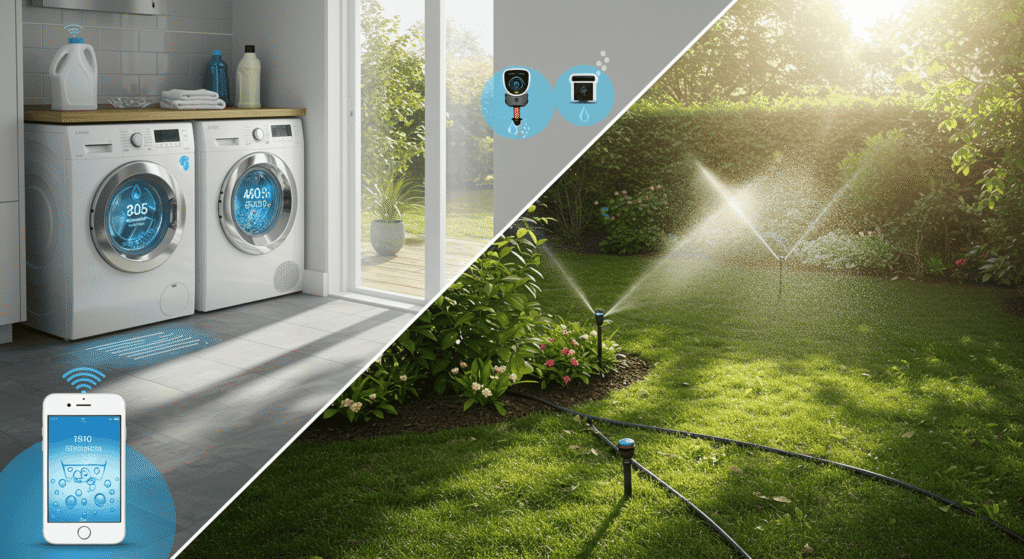
Knowing your household’s water footprint is the first step toward smart water usage at home. Understanding where and how water is consumed allows you to make targeted changes that reduce water waste at home while maintaining comfort and convenience. By tracking usage and identifying high-consumption areas, you can implement eco-friendly water practices effectively and see real results in both your utility bills and environmental impact.
Track Daily Water Usage
Tracking your daily water use is a simple but powerful way to understand your household habits. Start by estimating how much water is used for showers, laundry, dishwashing, and other routine activities. Keeping a log for a week or two can reveal patterns, such as longer showers or multiple partial laundry loads, which are often overlooked. Incorporating water-saving tips for households into these routines helps reduce unnecessary consumption without requiring drastic lifestyle changes.
Identify High-Use Areas
Not all water usage is equal. Certain areas in your home tend to consume more water than others. By identifying these high-use areas, you can focus your sustainable water usage strategies where they will have the biggest impact. The kitchen, bathroom, and garden are usually the primary contributors to water consumption, and simple adjustments can lead to significant savings.
Table: Typical Household Water Usage and Simple Changes
| Household Area | Average Water Usage per Day | Simple Change to Reduce |
|---|---|---|
| Shower | 40 gallons | Shorten showers by 2 min |
| Dishwasher | 6 gallons/cycle | Run full loads only |
| Garden | 30 gallons | Water early morning |
Indoor Water-Saving Techniques
Improving smart water usage at home indoors is one of the easiest ways to reduce water waste at home. Small changes to your fixtures, daily habits, and appliance use can lead to substantial water and cost savings while maintaining comfort. By adopting eco-friendly water practices, households can significantly lower consumption without sacrificing convenience.
Efficient Fixtures and Habits
Upgrading or optimizing household fixtures is a key strategy for sustainable water usage. Installing low-flow showerheads and faucet aerators can reduce water flow without compromising performance. Regularly checking and fixing leaks in taps, toilets, and pipes also prevents unnecessary water loss. These small improvements, combined with mindful daily habits, create a foundation for long-term water conservation at home.
Laundry and Dishwashing Tips
Smart water usage extends to laundry and dishwashing routines. Always run full loads to maximize efficiency and consider using cold water cycles to save both water and energy. Eco-friendly cycles, when available, are designed to minimize water consumption without affecting cleanliness. These adjustments ensure you are practicing water-saving tips for households in every area of your daily routine.
Small Habits, Big Savings
Even minor everyday actions can make a meaningful difference. Simple steps like turning off the tap while brushing teeth or reusing rinse water for plants contribute to smart water usage at home and promote sustainable water habits for the whole family.
Table: Indoor Water-Saving Habits
| Habit | Water Saved per Day | Notes |
|---|---|---|
| Turn off tap while brushing | 1-2 gallons | Easy to implement |
| Shorter showers | 5 gallons | Combine with shower timer |
Outdoor Water Usage Strategies
Managing water consumption outdoors is an essential part of smart water usage at home. Outdoor areas, such as gardens, lawns, and patios, often account for a significant portion of household water use. By implementing eco-friendly water practices outside, you can reduce water waste at home while maintaining a healthy and attractive landscape.
Smart Irrigation Practices
One of the most effective ways to conserve water outdoors is through smart irrigation practices. Watering lawns and gardens early in the morning or late in the evening minimizes evaporation, ensuring that plants absorb the maximum amount of water. Monitoring soil moisture levels can prevent overwatering and help maintain healthy greenery while reducing overall consumption.
Landscape Choices
Choosing the right plants and landscaping techniques supports sustainable water usage. Drought-resistant plants require less water and thrive in dry conditions, while mulching around plants helps retain soil moisture and reduces the need for frequent watering. Implementing these water-saving tips for households ensures that your outdoor space remains beautiful without wasting resources.
Rainwater Harvesting
Another effective outdoor strategy is rainwater harvesting. Collecting rainwater in barrels or storage tanks for gardening, washing patios, or cleaning driveways reduces reliance on tap water and promotes eco-friendly water habits. This practice not only saves water but also reduces household water bills.
Table: Outdoor Water-Saving Practices
| Outdoor Area | Suggested Water-Saving Practice | Estimated Water Saved |
|---|---|---|
| Lawn | Water early morning | 20% less |
| Garden | Mulching | 10 gallons/week |
| Patio/Driveway | Use rainwater for washing | 5 gallons/day |
Reusing and Recycling Water at Home
Incorporating reusing and recycling water at home is a smart way to maximize water efficiency and reduce overall consumption. By finding creative ways to reuse water, households can practice sustainable water usage while minimizing water waste at home. Small adjustments and simple systems make it easy to integrate these habits into everyday life.
Greywater Systems
Greywater systems allow you to reuse gently used water from showers, sinks, and baths for purposes like watering plants. This practice supports eco-friendly water practices and significantly reduces the demand on tap water, making it an efficient way to implement smart water usage at home.
Creative Water Reuse
Collecting leftover water from washing vegetables or cooking is another effective method to reduce water consumption. This water can be safely used for watering indoor or outdoor plants, cleaning floors, or other non-potable purposes. These water-saving tips for households are simple to adopt and can make a noticeable difference over time.
Bathwater and Laundry Reuse
Reusing bathwater and laundry rinse water for tasks like toilet flushing or garden irrigation is a practical strategy for sustainable water usage. By taking simple precautions—such as avoiding harsh chemicals and using minimal detergent—you can safely implement these practices without compromising hygiene or household safety.
Table: Water Reuse Opportunities at Home
| Source | Potential Reuse | Safety Tips |
|---|---|---|
| Shower | Water plants | Avoid soaps/chemicals |
| Cooking water | Water garden | Cool before use |
| Laundry rinse water | Toilet flush | Minimal detergent only |
Detecting and Fixing Water Leaks
Identifying and repairing leaks is a crucial step in smart water usage at home. Even small leaks can lead to significant water waste at home over time, increasing utility bills and putting unnecessary strain on household plumbing. By understanding common leak points and adopting simple detection techniques, households can practice eco-friendly water practices effectively.
Common Leak Points
Leaks can occur in various areas throughout the home, including toilets, faucets, pipes, and appliances. These high-risk spots are often overlooked but contribute substantially to unnecessary water consumption. Regularly checking these areas is a key component of water-saving tips for households.
DIY Detection Techniques
Simple, at-home methods can help detect leaks before they cause major problems. Checking your water meter for unexpected changes, performing visual inspections, and using dripping tests are effective ways to identify issues early. These sustainable water usage practices allow homeowners to address leaks promptly and avoid excessive water loss.
Quick Fixes at Home
Once leaks are detected, quick fixes can prevent further waste. Tightening faucets, replacing washers, and sealing pipes are straightforward steps that improve home efficiency and water conservation. Implementing these solutions ensures that your household maintains optimal plumbing performance while practicing smart water usage at home.
Table: Common Water Leaks and Estimated Loss
| Leak Type | Detection Method | Estimated Water Loss/day |
|---|---|---|
| Faucet drip | Visual check | 3-5 gallons |
| Toilet leak | Dye test | 20-200 gallons |
| Pipe leak | Moisture inspection | Variable |
Smart Water Management Habits for the Family
Creating smart water management habits at home ensures that every family member contributes to smart water usage at home. By involving everyone in simple routines, households can reduce water waste at home while promoting sustainable water usage as a shared responsibility. Engaging the whole family makes water conservation fun, educational, and more effective.
Daily Routines to Save Water
Incorporating mindful daily routines is an easy way to practice eco-friendly water habits. Turning off taps while brushing, reusing rinse water, and being conscious of water use during washing or cleaning are small but impactful actions. Over time, these routines can significantly reduce household water consumption and help reinforce water-saving tips for households.
Educating Children About Conservation
Teaching children about water conservation encourages lifelong sustainable water usage. Simple, practical activities—such as tracking water use, creating charts, or rewarding mindful habits—help kids understand the importance of saving water. Engaging children in this way promotes a culture of conservation throughout the household.
Family Challenges or Tracking
Setting weekly water-saving goals is an effective method to motivate the entire family. By tracking progress, celebrating successes, and making small adjustments, families can see tangible results while reinforcing smart water usage at home. Friendly competitions or challenges make the process interactive and enjoyable for everyone.
Table: Family Water-Saving Activities
| Activity | Family Member | Water Saved | Notes |
|---|---|---|---|
| Short showers | Everyone | 5-10 gallons/day | Use timer |
| Full laundry loads | Parent/Teen | 10 gallons/load | Combine smaller loads |
| Reuse water for plants | Kids | 2 gallons/day | Makes it fun |
Measuring Progress and Staying Motivated
Tracking your household’s efforts is essential for maintaining smart water usage at home. Monitoring progress not only reinforces sustainable water usage habits but also provides tangible results that encourage continued action. By measuring water consumption and celebrating achievements, households can make eco-friendly water practices a consistent part of daily life.
Monthly Water Usage Tracking
Monitoring water usage each month helps identify trends, pinpoint areas for improvement, and verify the impact of water-saving tips for households. Using utility bills, spreadsheets, or simple tracking charts allows families to keep a clear record of water consumption. This approach ensures that smart water usage at home becomes data-driven and actionable.
Celebrating Milestones
Recognizing small achievements keeps the household motivated. Rewarding efforts such as completing a week of shorter showers or consistently reusing greywater encourages all family members to stay engaged. Celebrating milestones reinforces positive behavior and strengthens the adoption of sustainable water usage habits.
Adjusting Strategies Over Time
Water-saving strategies should evolve with changing seasons and household needs. Adjusting irrigation schedules, modifying indoor water habits, or expanding reuse options ensures continued smart water management. Regularly revisiting and refining approaches helps households maintain water efficiency and maximizes the benefits of their efforts.
Table: Monthly Water Usage Tracking
| Month | Water Usage (Gallons) | Reduction vs Last Month | Notes |
|---|---|---|---|
| January | 12,000 | – | Baseline |
| February | 10,500 | 12.5% | Added short showers |
| March | 9,800 | 17% | Greywater for plants |
Conclusion – Making Smart Water Usage a Lifestyle
Incorporating smart water usage at home into your daily routines is more than a cost-saving measure—it’s a lifestyle choice that benefits the environment, your household, and your family’s long-term well-being. By adopting eco-friendly water practices and focusing on practical strategies, you can make meaningful changes that last.
Key Takeaways
The most effective water-saving tips for households often come down to simple, consistent actions:
- Track and monitor daily water consumption.
- Fix leaks promptly and maintain plumbing systems.
- Use water-efficient appliances and fixtures indoors.
- Practice creative water reuse and greywater systems.
- Implement smart irrigation and mindful outdoor water use.
Even small steps, when done consistently, add up to significant water and cost savings.
Long-Term Benefits
Committing to sustainable water usage at home provides numerous long-term advantages:
- Reduces water waste at home and lowers utility bills.
- Minimizes environmental impact and conserves natural resources.
- Encourages family involvement and teaches children the importance of conservation.
- Enhances home efficiency, preventing plumbing issues and unnecessary water loss.
By making smart water usage a routine, households create a healthier, more resilient living environment for years to come.
Call to Action
Start implementing these strategies today. Track your water usage, involve your family, and make small, manageable changes that promote eco-friendly water habits. The sooner you begin, the sooner you’ll experience the financial, environmental, and personal benefits of smart water usage at home.

